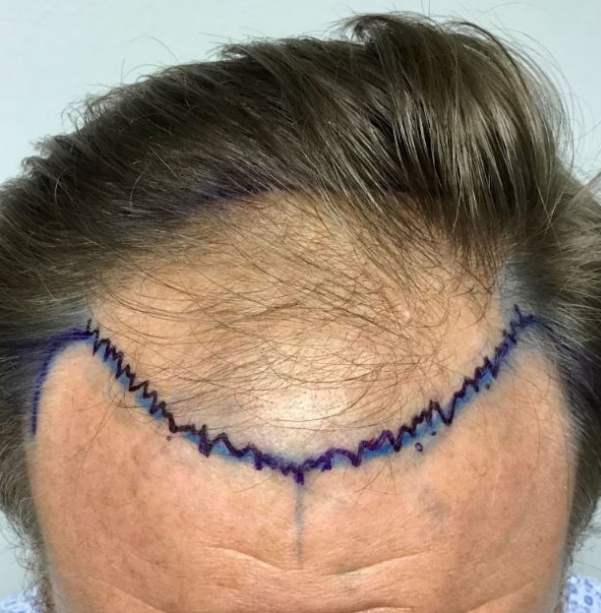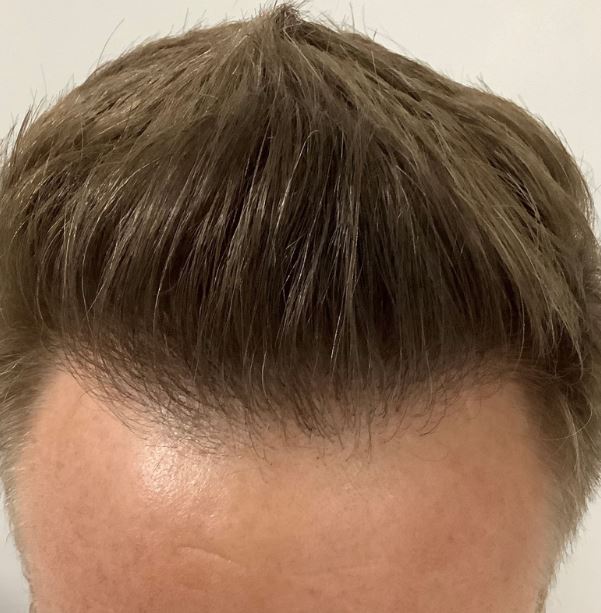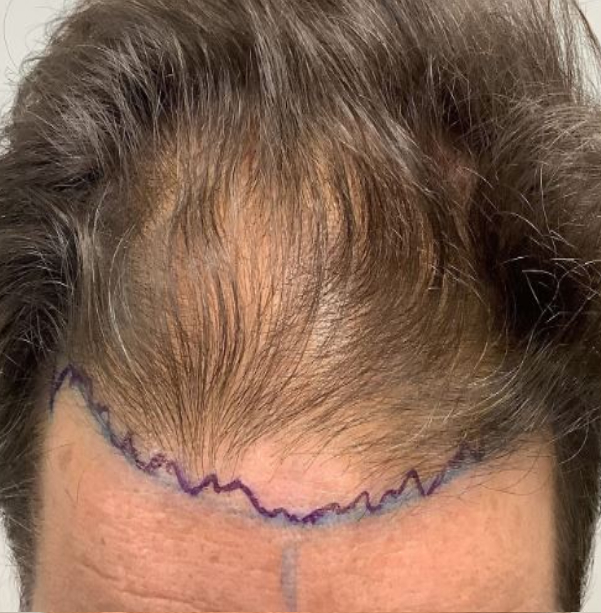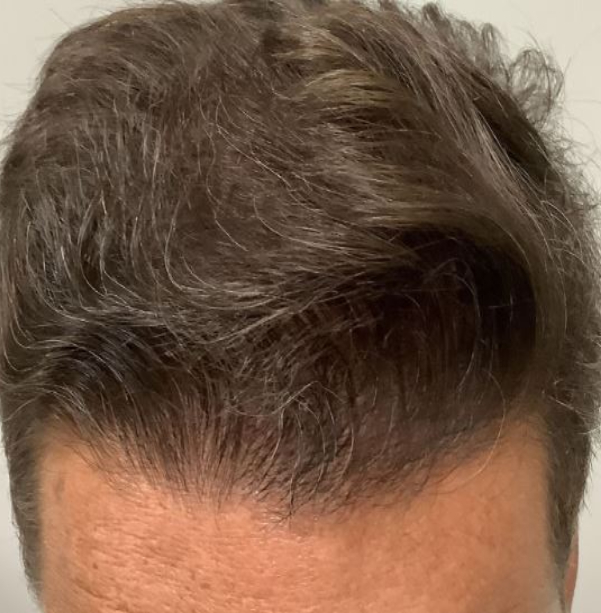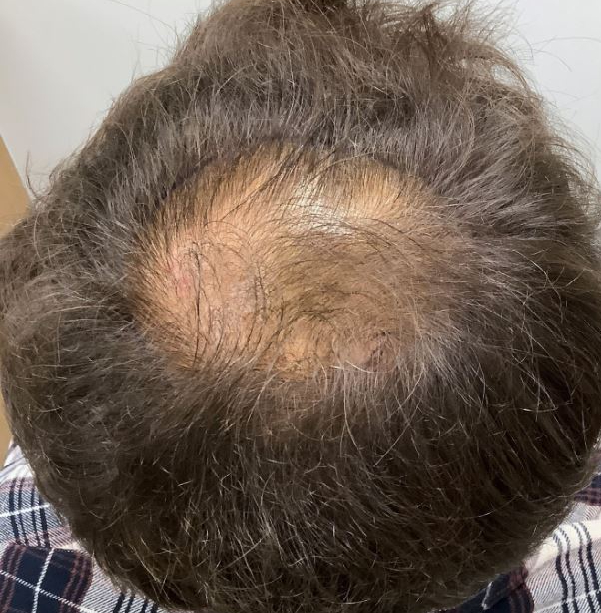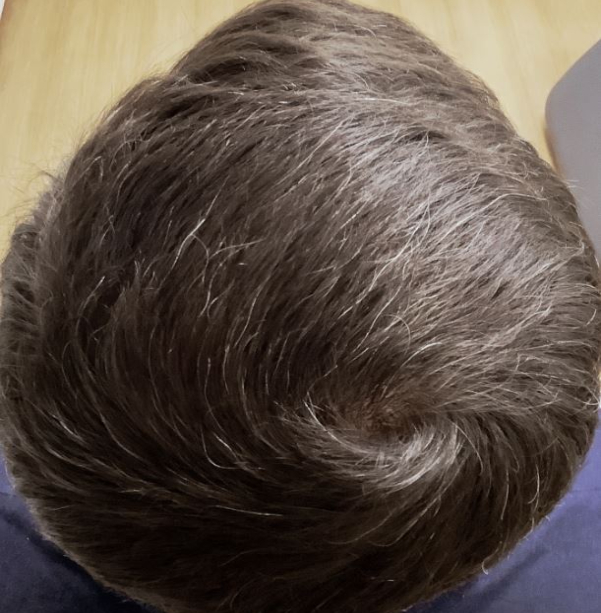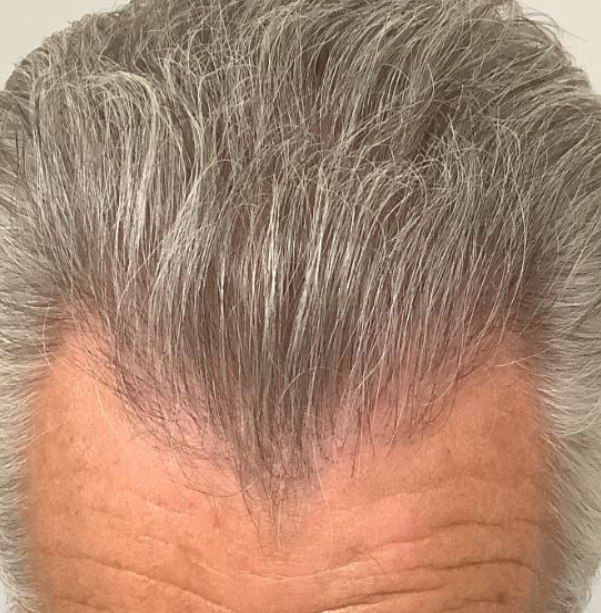Hair Restoration Procedures
Combined 50 Years Experience
in Hair Restoration
Our surgeons are among the pioneers of follicular unit transplantation and more importantly, they are experts at creating dense, natural hairlines in a single procedure. We are particularly interested in providing the most undetectable hairline results and have written and lectured extensively regarding this based on our 50 years of experience.
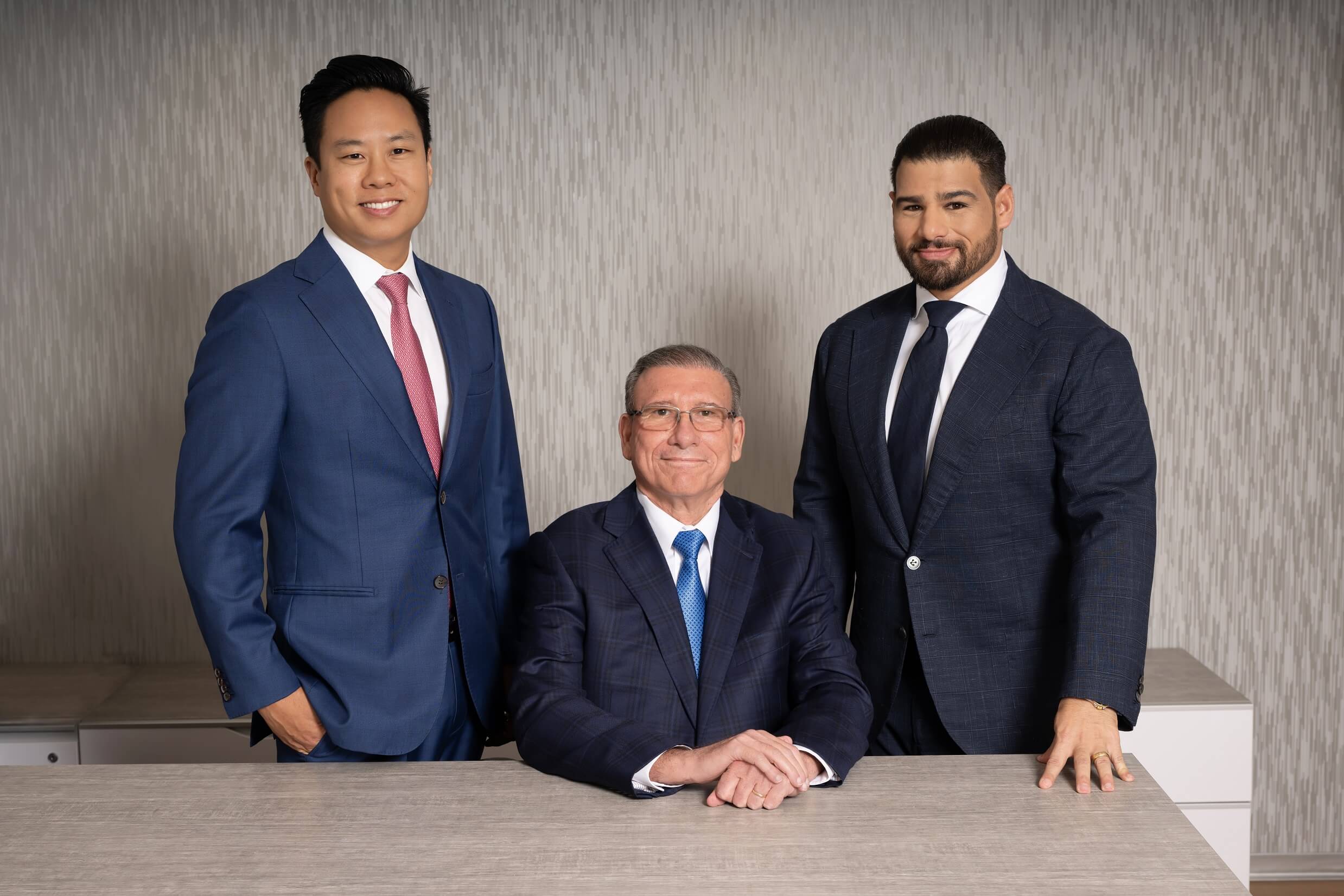
Transplanting Individual Follicular Units
Individualized Care & Planning.
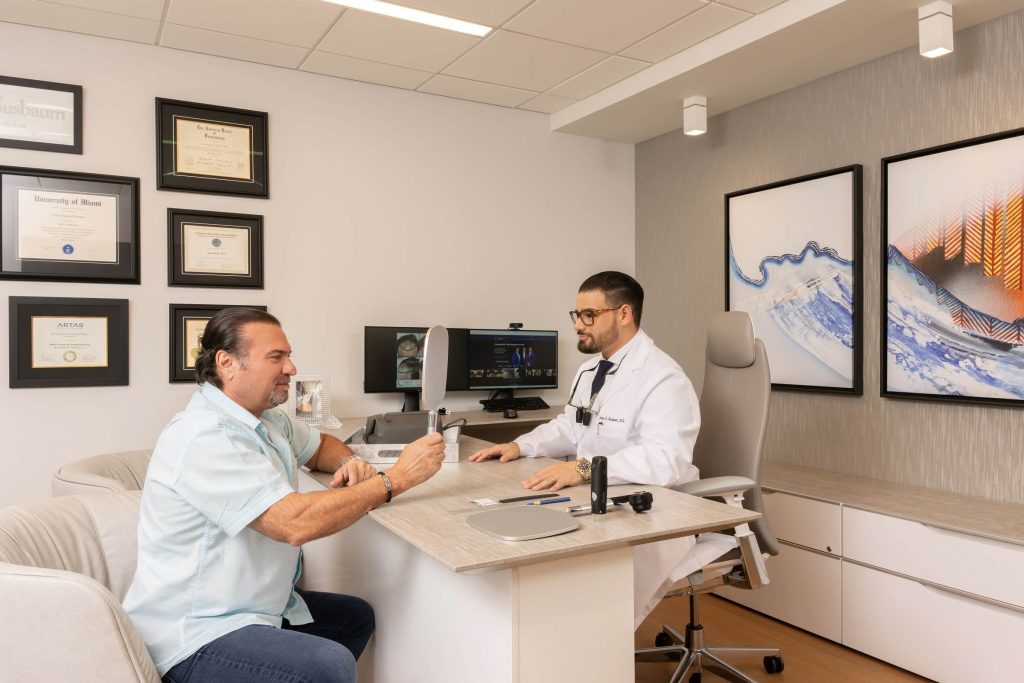
Strip Procedure
After locally anesthetizing the donor area, a a narrow “strip” of hair bearing skin is removed and immediately closed with the trichophytic closure which allows hairs to grow through the scar to minimize its appearance. . The “strip” is then divided under microscopes into small follicular units containing 1-4 hairs which are then re-implanted into the balding or thinning area. Immediately after the procedure, the donor area is covered by the hair above it and is therefore undetectable.
* Video at the bottom shows the donor area after strip procedure with trichophytic closure
* Video to the right shows the donor area after strip procedure with trichophytic closure
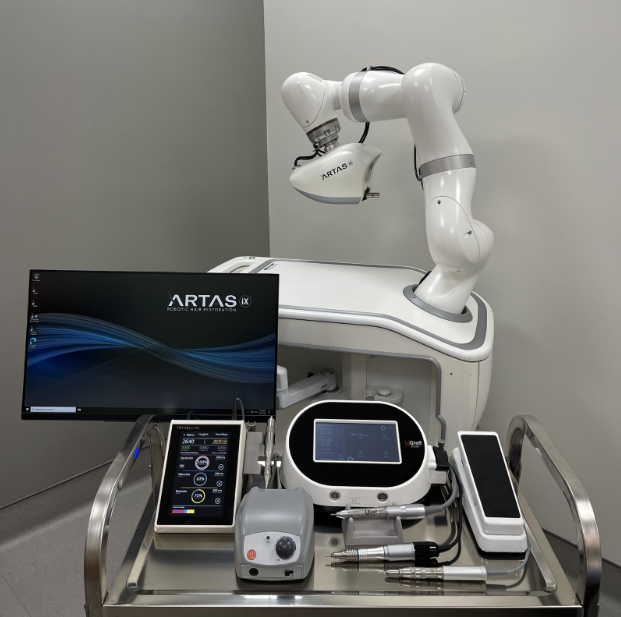
Hybrid FUE ™ (ARTAS + MANUAL FUE)
The main advantage of the FUE method is that it allows the patient to wear their hair at a very short length without evidence that a procedure has been done. Our surgeons have developed a novel technique, termed, Hybrid FUE™ which combines the advantages of ARTAS robotic hair restoration with strategically placed zones of manual FUE harvesting.
The ARTAS robot utilizes state-of–the-art digital optics and laser guided precision robotics to harvest individual donor follicles and Miami Hair Institute is #1 in the world in robotic procedures performed. Despite our expertise in robotic hair restoration, we are also known for our proficiency in using the most advanced manual FUE instruments, and we combine these skills to provide superior blending of the donor area, resulting in less visibility of the procedure with extremely short haircuts. Hybrid FUE™ also increases the number of follicles that can be harvested with robotics alone, and facilitates the harvesting in patients with previous strip scars. For Hybrid FUE™ the patient needs to shave the entire donor area.
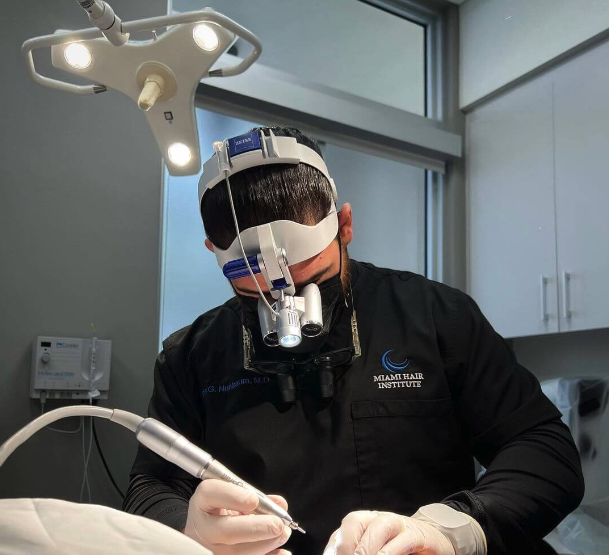
Manual FUE
No-Shave FUE
With the other two methods of FUE, Hybrid FUE™ or manual FUE, the donor area is completely shaven which is perfectly designed for individuals who normally wear a short or “fade” haircut.
For those patients who generally wear a longer hair style or prefer to not shave their donor area, we perform a revolutionary procedure termed No-Shave FUE.
The No Shave FUE technique is performed by a unique manual FUE devices that has the ability to extract individual follicular units containing long unshaven hairs.
The donor area is undetectable from the moment you leave the office, and allows patients the best of both worlds; they can still reap the benefits of FUE yet remain discreet without shaving and return to normal activities immediately.
Dr. Nusbaum demonstrated the technique to other surgeons at an international conference.
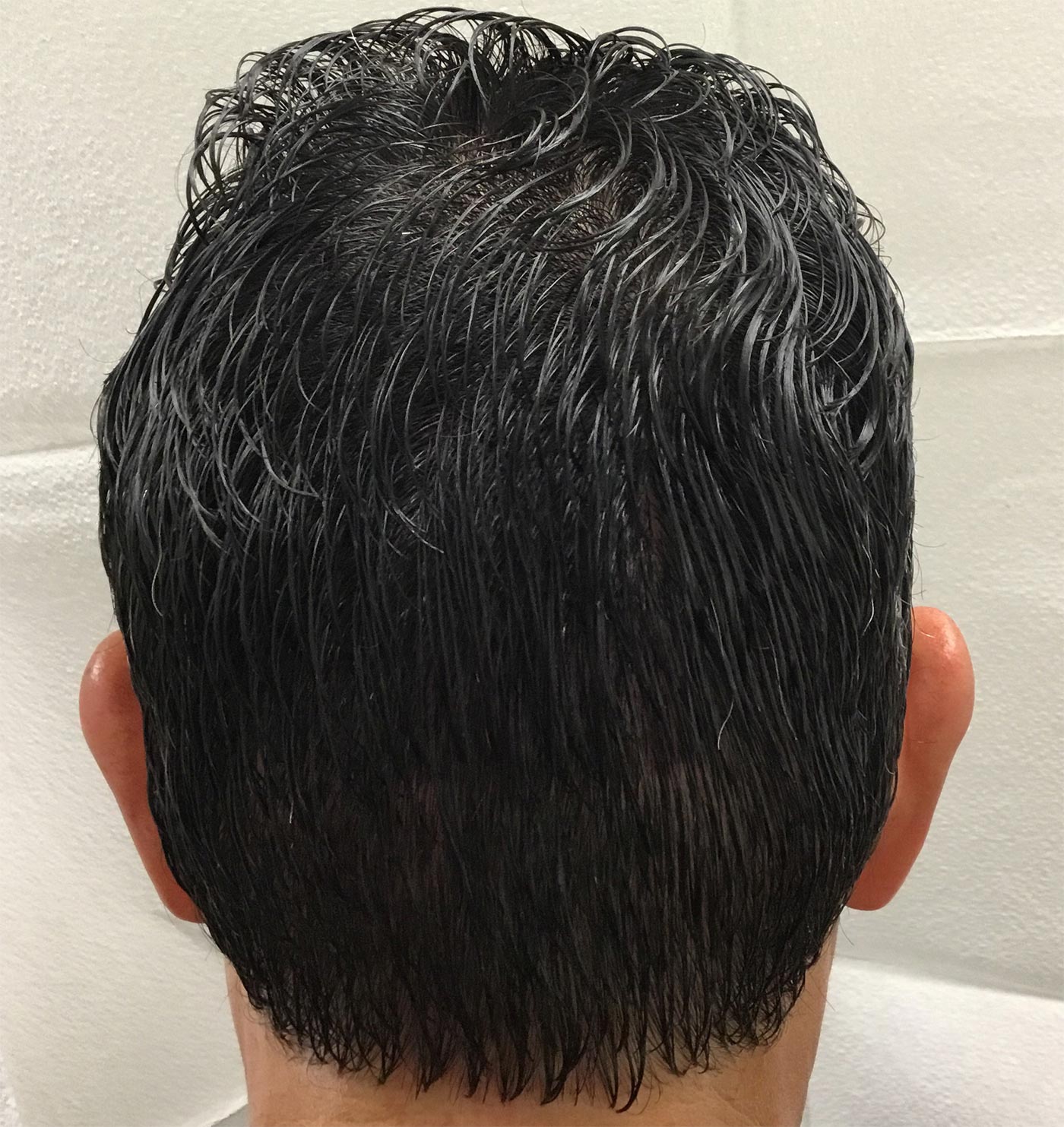
Strip Harvesting vs. FUE
Strip:
- Able to harvest a larger number of grafts in a shorter time.
- No need to completely shave the donor area.
- Multiple sessions can often be performed using the same scar.
- Results in a linear scar. With the “ledge closure” the scar may be extremely difficult to see however you are limited as to how short you can wear your hair.
FUE/ARTAS:
- No Linear scar.
- The patient will be able to wear his hair much shorter than with a strip harvest.
- The donor area of the head must be completely shaved for the procedure.
- Scars that appear as “tiny dots” are visible if the hair is completely shaved.
- No-shave FUE requires no shaving as the name implies
HOW TO CHOOSE A HAIR TRANSPLANT SURGEON
Experience of the Doctor
How long has he/she been doing hair transplants? Do they specialize in hair or do other types of cosmetic surgery or are they specialized in a completely unrelated field of medicine?Our doctors are Board Certified Dermatologists with over 50 years of combined experience, specializing ONLY in Hair Loss and Hair Transplantation. They have received many awards and published numerous articles in the hair industry. We perform hair transplant surgeries every day and have a full-time staff, some of which have been with us for over 25 years.



